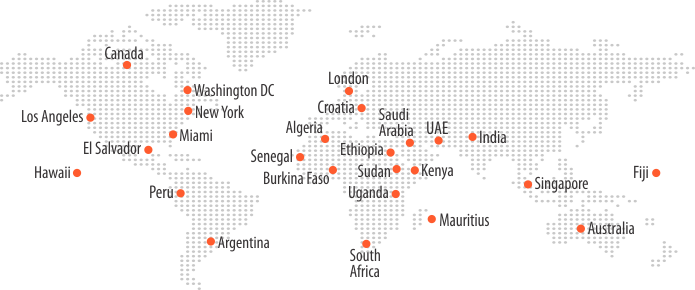What WebRTC Enables?

Web real-time communication (WebRTC) has the potential to transform the World Wide Web by embedding peer-to-peer sharing applications into browsers and enabling live video streaming over mobile phones. WebRTC is fully supported by Google Chrome and Mozilla Firefox, for example, thereby enabling websites to become service providers. While this situation could increase competition for voice carriers, it also provides additional revenue opportunities for entrenched carriers via unified communication services (UCS), mobile text, video and voice services, and WebRTC, both as a platform and for WebRTC termination to PSTN and mobile networks.
WebRTC is simple to deploy via JavaScript code on any device that can run a web browser. WebRTC provides an IP-based open source application program interface (API), and depending on one’s point of view, can be compatible or competitive with VoIP. WebRTC is only available through browsers, while VoIP can be used over several protocols. More importantly, WebRTC enables web developers to build VoIP into their web-based applications. WebRTC and VoIP can be used concurrently, and WebRTC allows developers to embed VoIP service directly into a web browser.
There are drawbacks to WebRTC, including the lack of a set standard, the incomplete list of browsers supported, and the possibility that it is not as “plug and play” as its supporters may want customers to believe. These initial weaknesses are typical of a nascent protocol and will be overcome in a few years.
The market for WebRTC is growing. According to Hot Telecoms, VoIP represents 10 percent of international traffic, with a 30 percent CAGR. By 2020, 80 percent of data traffic will be transmitted over IP. Add WebRTC to the mix and there are ample opportunities for voice, data and enhanced services, especially when paired with unified communications. According to Disruptive Analysis, by 2020, there will be over 2 billion WebRTC users, showing the pace of adoption.
Unified Communications and Collaboration (UC&C) is the integration of real-time applications including video presence, IM, email, voice mail, fax, video conferencing and web collaboration. Businesses adopting UC&C can use WebRTC to enable voice and video communications, including email applications, calendaring, messaging, and video conferencing without having to install plug-ins. UC&C services platforms allow IT staff to scale users and services quickly and easily with lower capital expenditures and operating expense than needing to install additional hardware. There are already turnkey UC&C service platforms that offer a flexible, scalable way to deliver services. These platforms offer order processing, service configuration and activation, authentication and dynamic Interactive Voice Response (IVR) features.
In sum, WebRTC and VoIP are complimentary platforms, and together enable many enhanced services, including unified communications.






